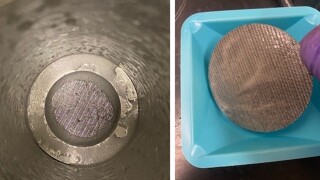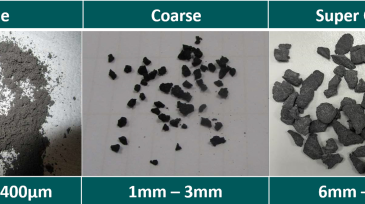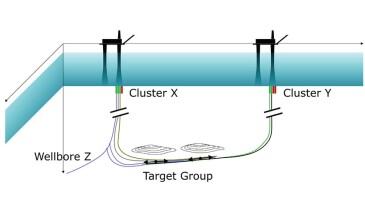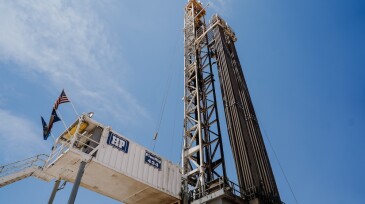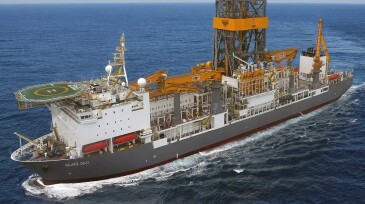Drilling
Geophysicist Markos Sourial discusses advances in seismic imaging, the challenges of modern data processing, and what they mean for the next wave of subsurface professionals.
This research aims to develop a fluid-advisory system that provides recommendations for optimal amounts of chemical additives needed to maintain desired fluid properties in various drilling-fluid systems.
This paper describes development of a high-temperature water-based reservoir drill-in fluid using a novel synthetic polymer and customized with optimal chemical concentrations and sized calcium carbonate.
-
SponsoredDiscover how TAQA’s sustainable products are transforming cementing operations, reducing environmental impact, and enhancing performance.
-
This paper proposes a method to radically revise the well-path-generation process to reach the vision of planning a well in one day with high quality, relying on the collection of experience-based constraints from each discipline to generate possible alternatives.
-
Investment in the Kingfisher and Tilenga upstream projects together with the East African Crude Oil Pipeline and a new refinery represents a $20-billion economic lift to the country.
-
The highly anticipated SPE/IADC Asia Pacific Drilling Technology Conference was held in Bangkok and gathered over 1,000 professionals from the drilling and well technology communities across more than 30 countries.
-
The company has agreed using its innovations in automation in an effort to derisk ultradeep offshore drilling for the Brazilian national oil company.
-
The operator will utilize drillship Deepwater Invictus for both development and exploration drilling under a 3-year pact.
-
his paper presents research and application of a sustainable, low-density geopolymer alternative to Portland cement for cementing applications in low-temperature wells.
-
A new partnership aims to leverage technology developed for geothermal wells to create a new drilling system for complex offshore wells.
-
The acquisition marks a significant step forward in H&P’s international expansion strategy.
-
In addition to securing the rig, Equinor has, on behalf of the partners, awarded SLB, Baker Hughes, and Halliburton agreements for drilling and well services for the Raia project worth around $109 million.



